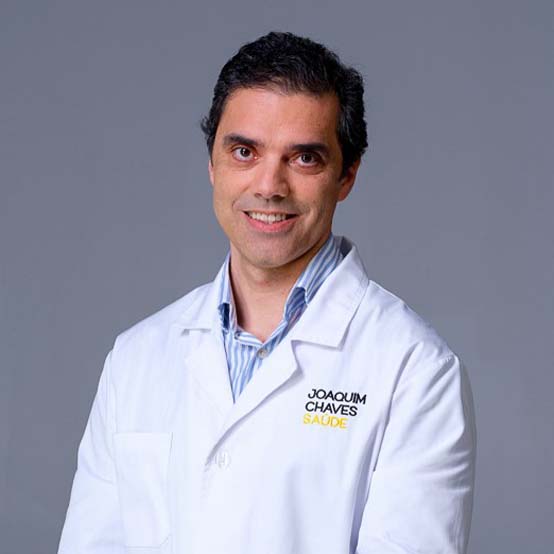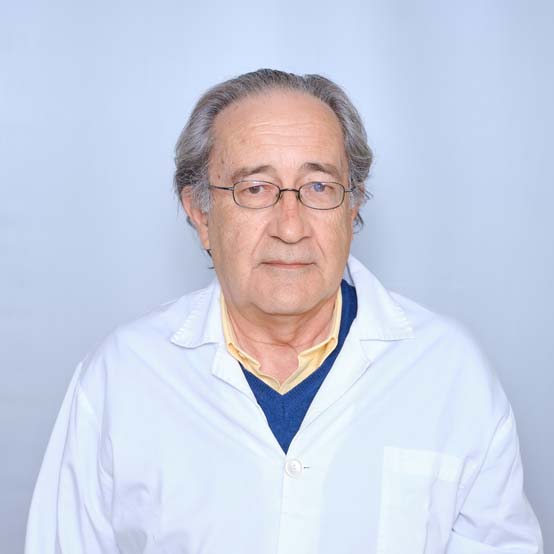Hyperactivity (ADHD): What It Is, Causes, and How to Treat It
Hyperactivity or just a child's natural energy? Discover which symptoms to watch for in making a diagnosis and how to treat them.
Children and adults with hyperactivity are often labeled as restless, immature, and without boundaries. However, this has nothing to do with upbringing or lack of respect. It is a neurobehavioral disorder that affects approximately 5% of children and adolescents worldwide, and according to available studies, at least half of adults maintain symptoms of attention deficit. Discover what hyperactivity is, its causes, and how to treat it.
What is Hyperactivity (ADHD)?
Hyperactivity, or attention deficit hyperactivity disorder (ADHD), is a neurobehavioral disorder characterized by three main symptoms: inattention, hyperactivity, and impulsivity.
In childhood, it can easily be mistaken for misbehavior due to a child's difficulty in staying still in a classroom. In adulthood, behavior is usually more controlled, despite leg shaking or hands fidgeting with objects like pens and keys. Often, the component of attention deficit persists in adulthood, frequently manifesting as difficulties in organizing tasks, meeting deadlines, performing monotonous tasks without errors, and, above all, procrastination, which means unconsciously delaying task execution – the famous "leaving everything to the last minute."
What types of Hyperactivities exist, and what are the symptoms?
Hyperactivity is divided into three subtypes based on the predominant symptoms:
1. Predominantly Inattentive Presentation:
In this type of hyperactivity, symptoms of inattention are more prominent. The person has difficulty maintaining focus and concentration, tends to make careless mistakes in schoolwork or at work, and struggles with following instructions and organizing tasks and activities. They often seem distracted and inattentive. As a result, they may avoid tasks that require continuous mental effort and often lose important items. These symptoms affect academic, professional, and social performance.
2. Predominantly Hyperactive-Impulsive Presentation:
This type is marked by symptoms of hyperactivity and impulsivity. The person displays excessive motor restlessness, great restlessness, and difficulty staying seated for extended periods. Moreover, they may engage in nearly constant speech and frequently interrupt others. They may give hasty answers before questions are completed and struggle to wait their turn in social situations. These symptoms lead to negative consequences in school, work, and interpersonal relationships, especially in situations requiring calm, concentration, and impulse control.
3. Combined Presentation:
The combined presentation is characterized by a coexistence of symptoms of inattention, hyperactivity, and impulsivity. People with this disorder may exhibit a wide range of behaviors described in the two previous types, causing a significant impact on all areas of life, including self-esteem.
What are the main causes of Hyperactivity?
The causes of hyperactivity are not yet fully understood, but it is believed to result from a combination of genetic, environmental, and neurological factors. Individuals with family members affected by hyperactivity are more likely to develop the disorder.
In addition, certain neurochemical alterations may underlie hyperactivity, such as irregular production of dopamine and norepinephrine. These and other neurotransmitters are involved in regulating attention and motor control. There is also a suggested link with exposure to environmental toxins during pregnancy, such as lead, smoking, or alcohol consumption, as well as prematurity or low birth weight.
Finally, children facing traumatic events may develop hyperactive, impulsive, and inattentive behaviors as a way to cope with the stress and anxiety associated with trauma. These manifestations may arise as a response to challenging and threatening situations but interfere with social, academic, and emotional functioning.
How is Hyperactivity diagnosed?
In Children:
Diagnosing hyperactivity in children can be challenging, as it may be confused with typical childhood behaviors. Behavioral analysis should be conducted by a healthcare professional such as a pediatrician, psychiatrist, or psychologist, and it may take some time. This caution is necessary for an accurate diagnosis. It is not enough for a child to have "ants in their pants" or be "very distracted"; their social and school functioning must be severely impaired.
The diagnostic process involves interviewing the patient to gather a comprehensive overview of symptoms. It may also require involving family members or caregivers to obtain additional information about the patient's behavior in different settings.
It is essential to determine whether the symptoms have a negative impact in at least two contexts. Furthermore, a neuropsychological evaluation, including standardized tests, scales, questionnaires, and standardized assessments, is necessary to assess symptoms, their impact, and any associated comorbidities and conditions.
In Adults:
In addition to a detailed assessment of symptoms and their impact on personal and professional life, it is crucial to evaluate overall functioning, personality traits, and other disorders that may contribute to difficulties. These include anxiety disorders, mood disorders such as depression or bipolar disorder, as well as substance abuse, such as alcohol, nicotine, cannabis, etc.
Furthermore, it is essential to assess habits and lifestyles that may contribute to the presented difficulties. Therefore, we have an assessment team comprised of a psychologist and psychiatrist who will conduct the initial assessment together to better define the therapeutic plan.
What does Hyperactivity treatment involve?
Hyperactivity treatment relies on two main pillars: psychotherapy and medication.
1. Psychotherapy:
Psychotherapy is essential for treating hyperactivity, particularly cognitive-behavioral therapy (CBT). This intervention helps the patient understand their thoughts, emotions, and behaviors and develop coping and self-control skills. It also addresses emotional issues related to hyperactivity, such as low self-esteem and anxiety. For children, this approach should always include intervention with family and school.
2. Medication:
Medication is another important approach to treating hyperactivity, especially when symptoms are severe and significantly impact the individual's daily functioning. The decision to use medication should be evaluated by a doctor, taking into consideration the risks and benefits, as well as the individual patient's needs. The goal is to enable satisfactory personal and professional functioning by replenishing neurotransmitter levels in specific brain areas related to executive functions and impulse control. This allows patients to lead a more tranquil life and improve their social interactions. This therapeutic pillar is personalized and requires close monitoring to adjust interventions as needed.
How to prevent Hyperactivity?
There is no guaranteed way to prevent hyperactivity, as the causes are complex and multifactorial. However, some measures can help reduce the risk of developing or exacerbating symptoms.
• Adequate prenatal care: Regular medical monitoring during pregnancy is essential to ensure the health of both the mother and the baby. Avoiding the use of harmful substances such as alcohol, tobacco, and other drugs is critical to prevent potential damage to the fetal brain development.
• Healthy childhood environment: Providing a safe, stable, positive, and affectionate environment during childhood is important for healthy emotional and cognitive development. Regular routines, physical activity, good nutrition, and clear and consistent boundaries can be significant aids.
• Positive parental examples: Caregivers should be positive role models for social behavior, as children learn by example and replicate what they observe. Parents should demonstrate empathy, respect, patience, and understanding in their relationships with children and others.
• Adequate stimulation: Offering a stimulating environment that encourages exploration and learning is beneficial for a child's cognitive development. Promoting creativity and curiosity from an early age can be useful in developing attention and concentration skills.
• Promoting social interaction: Encouraging social interaction and participation in group activities can be beneficial for the child's social and emotional development. For example, team sports can help promote teamwork and cooperative skills.
Joaquim Chaves Saúde: An effective Therapeuthic combination for Hyperactivity
Early diagnosis, coupled with an effective treatment plan, can give patients the opportunity to use their capabilities adaptively. As a result, children with hyperactivity can become adults who have learned to cope with symptoms through their strategies and an effective support network.
At Joaquim Chaves Saúde, you will find a multidisciplinary team specializing in the treatment of hyperactivity and attention deficit, helping you regain healthy functioning. You can also count on parental guidance to help manage the child's most challenging behaviors, directing them toward a healthier and more suitable path. Schedule your consultation now through the personal area of the website or our app!






